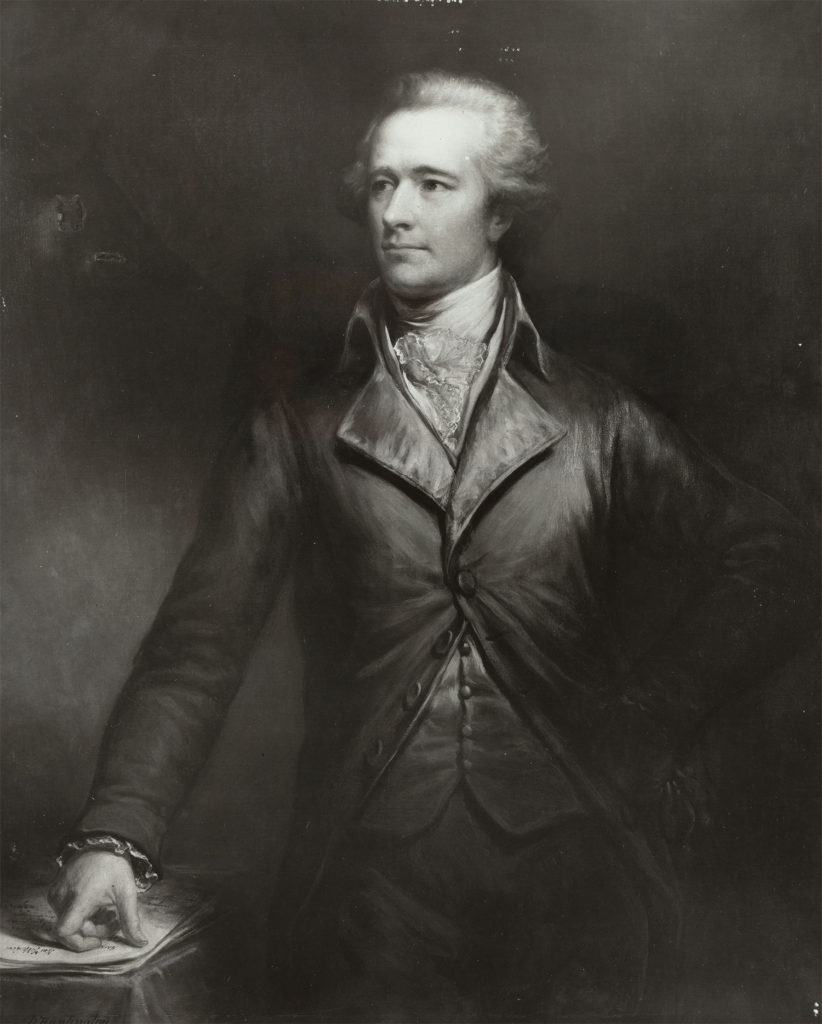



If two laws conflict, Marshall wrote, the court bears responsibility for deciding which law applies in any given case. In writing the decision, John Marshall argued that acts of Congress in conflict with the Constitution are not law and therefore are non-binding to the courts, and that the judiciary’s first responsibility is always to uphold the Constitution. The Judiciary Act of 1789 gave the Supreme Court jurisdiction, but the Marshall court ruled the Act of 1789 to be an unconstitutional extension of judiciary power into the realm of the executive. However, it also ruled that the court had no jurisdiction in the case and could not force Jefferson and Madison to seat Marbury. The court ruled that the new president, Thomas Jefferson, via his secretary of state, James Madison, was wrong to prevent William Marbury from taking office as justice of the peace for Washington County in the District of Columbia. On February 24, 1803, the Supreme Court, led by Chief Justice John Marshall, decides the landmark case of William Marbury versus James Madison, Secretary of State of the United States and confirms the legal principle of judicial review-the ability of the Supreme Court to limit Congressional power by declaring legislation unconstitutional-in the new nation.


 0 kommentar(er)
0 kommentar(er)
